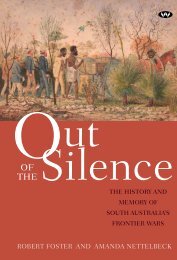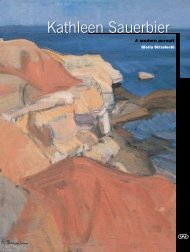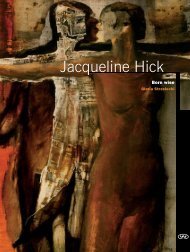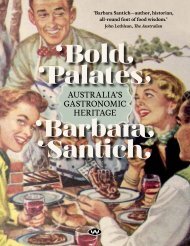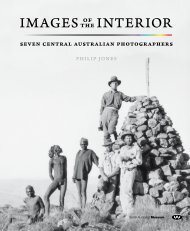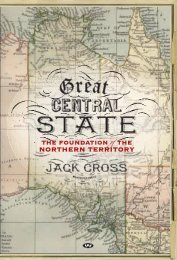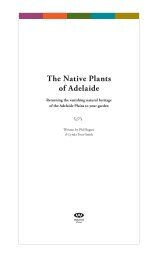bruce munday - Wakefield Press
bruce munday - Wakefield Press
bruce munday - Wakefield Press
- No tags were found...
Create successful ePaper yourself
Turn your PDF publications into a flip-book with our unique Google optimized e-Paper software.
ForewordThose Dry-stone Walls: Stories from South Australia’s Stone Age is not only a poem to the beautyand craft of stone walls, but will persuade many readers to become interested in this importantpart of South Australian heritage.In a fascinating journey around dry-stone walls and other stonework throughout the State, andthrough their engaging text and superb photography, Bruce and Kristin Munday will help othersdiscover new delights (as well as, perhaps, renew old acquaintances).Dry-stone walls are a previously unsung, little researched heritage and this important bookrecognises and describes them from a range of angles. For many the book will form the basis for anew exploration of the countryside, opening up a fresh perspective on what was previously thoughtto be familiar.An important feature of the book is the attention to relatively recent stone walls as well as historicmasterpieces, underlining that this is very much a living heritage that continues to the present. Indeedthe early impetus for dry-stone walls (readily available local stone as a cheap building and fencingmaterial) echoes contemporary concerns for ecological sustainability, where use of local materialscreates lower environmental impacts. Even the lack of mortar is more ecologically sustainable thanthe later high-energy, high-carbon-footprint use of cement.Although the identity of the stone wall builders is poorly known, the book includes informationand insights about some and its discussion of construction brings the walls to life as never before.The importance of stonework to the physical identity of South Australia’s built heritage has longbeen noted – as the Mundays reveal, in 1911 sixty-two per cent of South Australian houses werestone compared to eight per cent nationally. Now we can confidently add dry-stone walls, as thedetailed record of this book shows.Above all, the author’s passion for the walls is infectious, and stories of bulldozed, deterioratingor pillaged walls will stir preservationist instincts.David BeaumontPresident, National Trust of South Australia1



